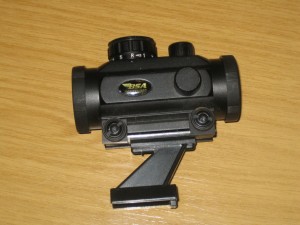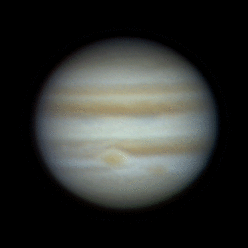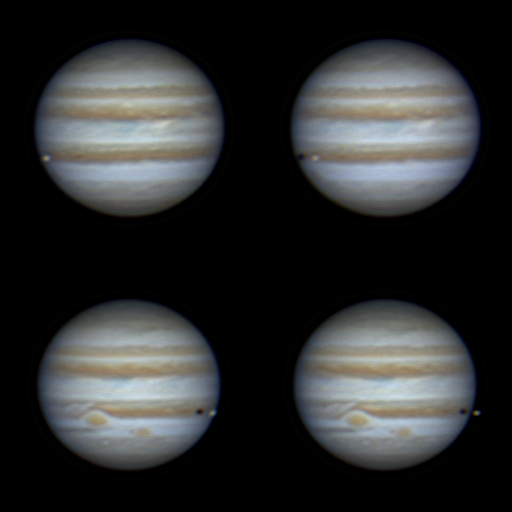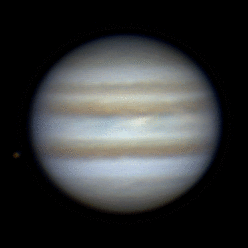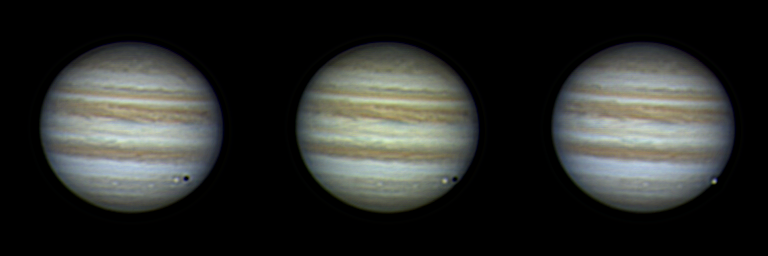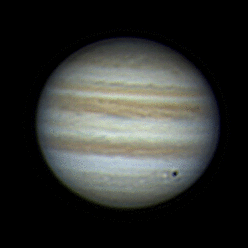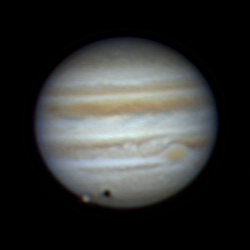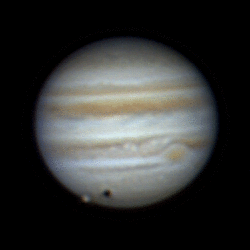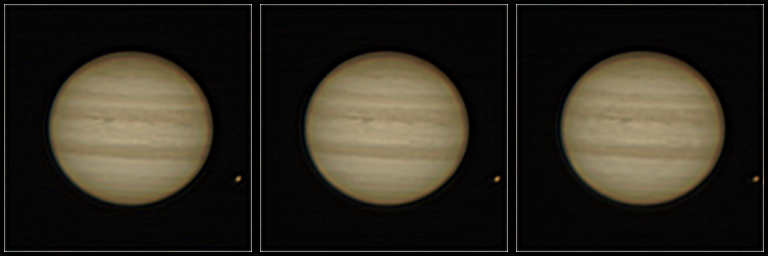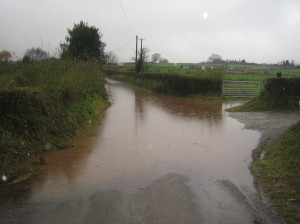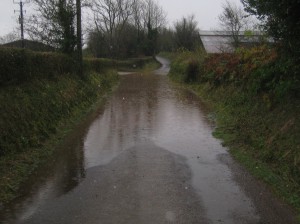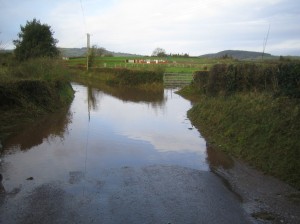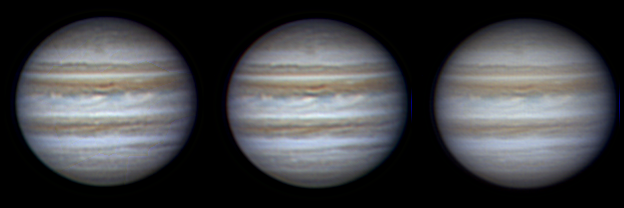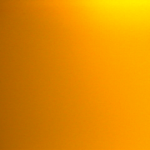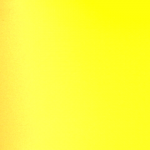It seems to have rained here for almost all of December and the Met Office says that it’s already been the wettest year in England since records began in 1910 and stands a good chance of being the wettest year for the UK as well. So, stuck indoors because most of the things I want to do are outside and I don’t fancy getting soaked and being up to my elbows in mud, I grabbed some of the Met Office rainfall statistics for the UK since 1910. Here are a few interesting/depressing items I pulled out:
Three of the ten wettest years occurred this century (2000 to 2011)
Six of the twenty wettest years occurred this century
Eight of the thirty wettest years occurred this century
So two thirds of the this century thus far is represented in less than the top third of the rainfall figures. It doesn’t look that much better if you increase the window to the last twenty years either:
Half of the top ten wettest years occurred in the last twenty years
Half of the top twenty wettest years occurred in the last twenty years
Thirteen of the top thirty wettest years occurred in the last twenty years
To find any earlier over-representation you have to go back to the 1920s, and this century so far beats the 1920s into a cocked hat (only four years in that decade in the top thirty).
And on the assumption that 2012 turns out to be a chart-topper it looks even worse, as then fully three quarters of this century so far will be in less than the top third of the data.
Regrettably I’m rather clueless when it comes to statistics so I can’t work out how likely these outcomes would be if rainfall patterns were truly random, but intuitively (and intuition is often no better than chance) it doesn’t look good. There are times when I’m tempted to start gathering together pairs of animals and drawing up plans for an ark…

